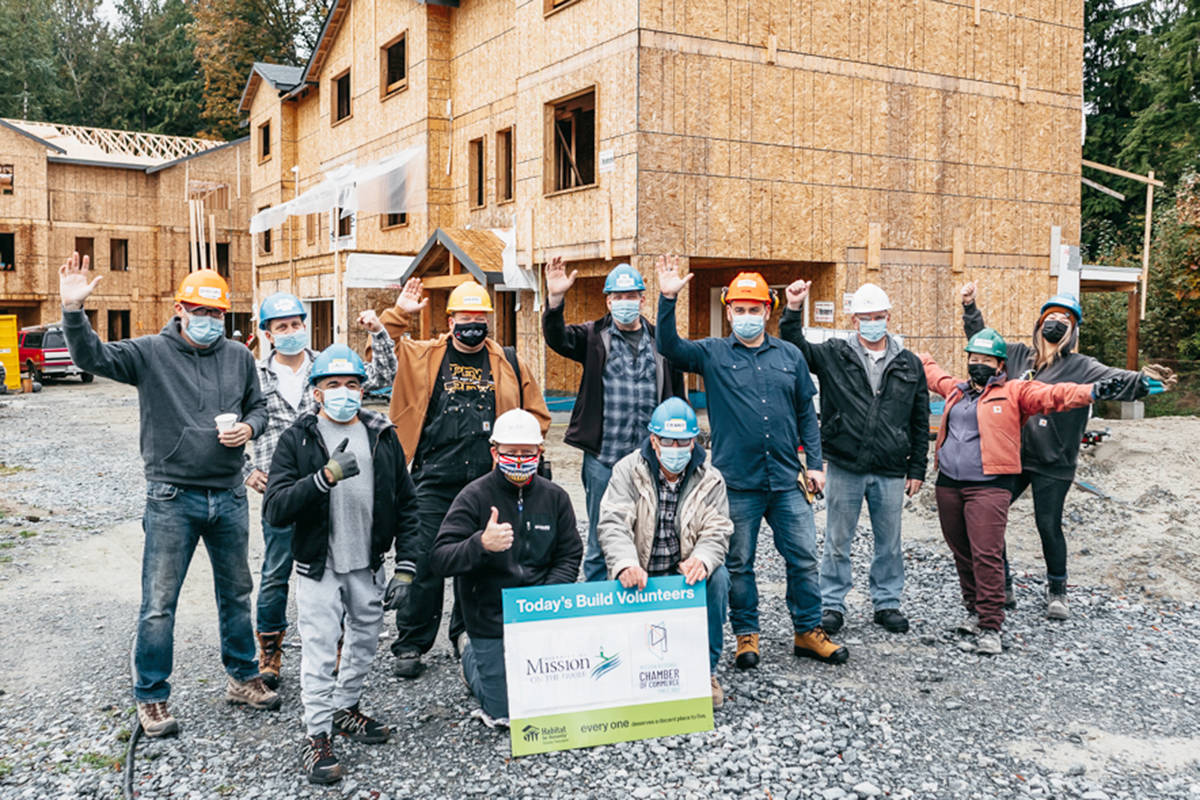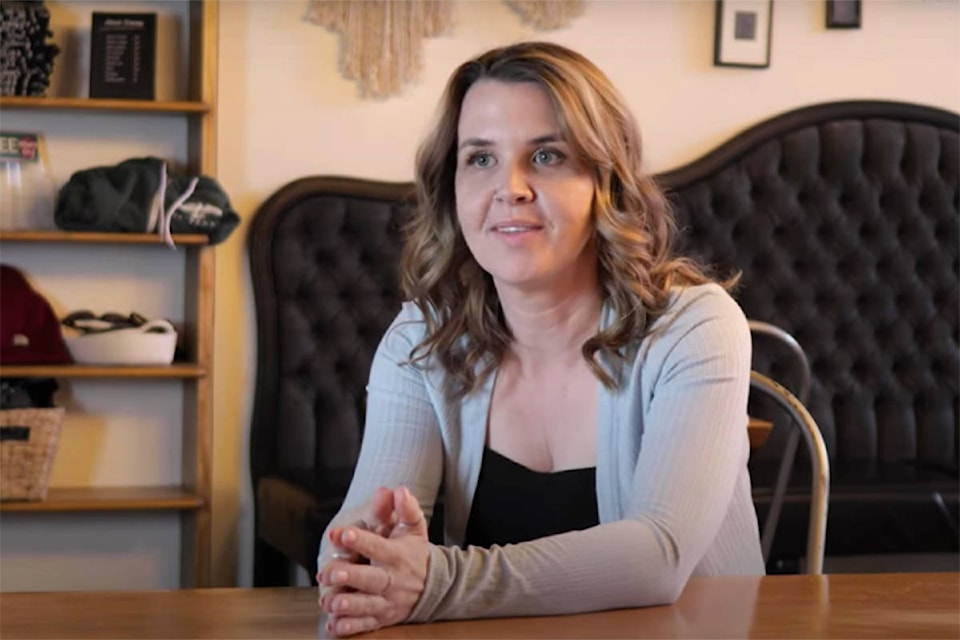A non-profit is currently constructing 19 homes in Mission to help families break out of the “poverty-rent cycle.”
This summer, Habitat for Humanity started construction on a parcel of land sold to them by the District of Mission, and they’re receiving help from local volunteers, businesses and even municipal staff and councillors.
“The locals have been amazing, an array of people are aware of us and super excited,” said Stephani Baker, vice-president of construction for Habitat for Humanity. “We are using the community energy to build these homes and provide a life-long change in the lives of working families.”
The “Habitat Model” aims to help struggling families who are spending 50 to 70 per cent of their income on shelter costs. The family signs a 21-year lease with Habitat, and one working member pays 30 per cent of their income to the organization, calculated annually.
Rachel, a paramedic in Mission and single mother of three, will be moving into one of the houses being built.
After being scammed out of a month’s rent upon trying to move into a new place, she said she had to stay in a women’s shelter in Abbotsford with her kids.
“We were without money and a home,” Rachel said. “If I don’t maintain everything and we fall, me and the kids all fall together.”
Afterwards, she said she moved into a friend’s basement, but could not find stable long-term housing.
“When we rented in the past we definitely did not choose a safe home, we chose an affordable home,” Rachel said. “Nobody wants to rent to us. They assume there’s going to be boyfriends and no money.”
Hundreds of families apply for the program, Baker said, and they go through a rigorous application process which looks at their employment, background and where they currently live.
Applicants have to earn between $35,000 and $75,000 a year, one person needs to be working full time and there needs to be children under the age of 18. If selected, they have to commit 500 hours of volunteer time with Habitat for Humanity.
“Unhealthy, unsafe, overcrowded and overpriced are our four main criteria,” Baker said. “A lot of our applicants for [the 19 Mission homes] are from Mission, and that was something we certainly wanted to focus on, but we don’t exclude anyone.
“So we’re always going to choose the family with the greatest need.”
Habitat provides the family with education on financial literacy, home-ownership, insurance and estate planning – as they are expected to maintain the property while living there, said Baker.
Once kids grow up, or alternatively when the family decides to move out, a percentage of their accumulated rent payments are returned to them for the purpose of a down payment on a house of their own, Baker said. Afterwards, another family can move into the house.
“Usually our average is six to seven years that people stay in the home,” Baker said. “So over the lifespan of say an 80-year home, we’d have eight to 10 families get to go through that lifecycle.
Habitat for Humanity is an organization which started in the U.S. in the 1970s under a “barn-raising ideal,” Baker said, and has now expanded to over 100 countries.
That community and volunteer idealism is still “critical” to how the non-profit functions, according to Baker.
She said they have volunteers that come help on a daily or weekly basis, corporate groups pay to thousands work in team-building exercises and the non-profit relies on donations of goods and services to help reduce build costs.
“Technically we’re not the most efficient building method because we have that volunteer component,” Baker said. “We want to make sure that we are including as much of the community as possible.
“It’s members of the community they’re supporting in the long run.”
On Oct. 20, district staff and councillors left Municipal Hall to pick up tools and join in for a volunteer build day.
Mission businesses are also being supportive, Baker said; Pressland General has created custom hoodies and t-shirts and donating the proceeds, a signage company has donated signs and Blackberry Kitchen has donated many meals to their workers.
Upon finding out that her family was selected as applications, Rachel said it didn’t seem real, “We are so incredibly happy.”
She said her kids had never been able to have a birthday party at home, or even had their own rooms before.
“Knowing that we’re going to have stable housing that we can rely on is huge,” Rachel said. “The kids won’t have to change schools, they’re not going to have to worry about moving, they have somewhere to lay their head and know the next day its still going to be there.”
People wishing to register as volunteers, inquire about corporate build days, or donate materials or funding can go to: https://www.habitatgv.ca/.
RELATED: 19 new affordable homes being constructed in Mission
RELATED: Habitat for Humanity Upper Fraser Valley to close its doors

